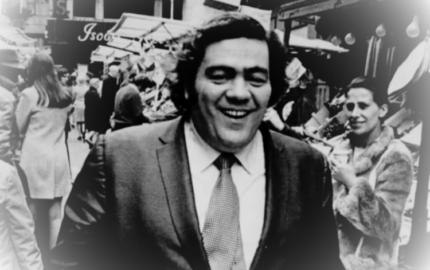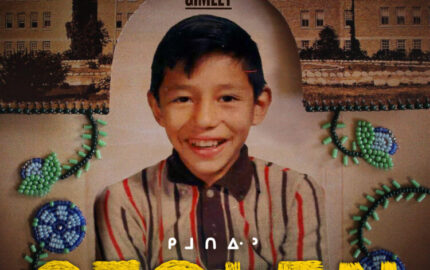This piece is the work of a fine storyteller. We admire Fisher's purposeful movement from one development to another while covering a slew of characters—often probingly, always with sensitivity and attention. She captures and isolates pivotal moments, creating a sequential experience for the reader that keeps us wanting more.
She seems to have had extraordinary access, which led to intimate scenes—such as the one in which Alvaro first writes with a pen after his burns—and insight into the developing friendship of the boys, their unusual intimacy.
We recommend viewing the Pulitzer-Prize-winning photos by Matt Rainey that accompany the series. We also suggest you look at them only after reading the series first. That's what we did—and we were struck by the contrast between our tidy mental images of the scenes and the gritty details of the photos. It's food for thought: What's lost and what's gained when narrative is paired with pictures? On the one hand they offer information, detail and insight beyond what's possible in prose. On the other hand, we wonder if Fisher's writing would have been even richer had she not known her writing would be paired with pictures. (And that, we suppose, is partly what we've got book-length nonfiction for.) This is a compelling piece.
Read “After the Fire,” by Robin Gaby Fisher
She seems to have had extraordinary access, which led to intimate scenes—such as the one in which Alvaro first writes with a pen after his burns—and insight into the developing friendship of the boys, their unusual intimacy.
We recommend viewing the Pulitzer-Prize-winning photos by Matt Rainey that accompany the series. We also suggest you look at them only after reading the series first. That's what we did—and we were struck by the contrast between our tidy mental images of the scenes and the gritty details of the photos. It's food for thought: What's lost and what's gained when narrative is paired with pictures? On the one hand they offer information, detail and insight beyond what's possible in prose. On the other hand, we wonder if Fisher's writing would have been even richer had she not known her writing would be paired with pictures. (And that, we suppose, is partly what we've got book-length nonfiction for.) This is a compelling piece.
Read “After the Fire,” by Robin Gaby Fisher


